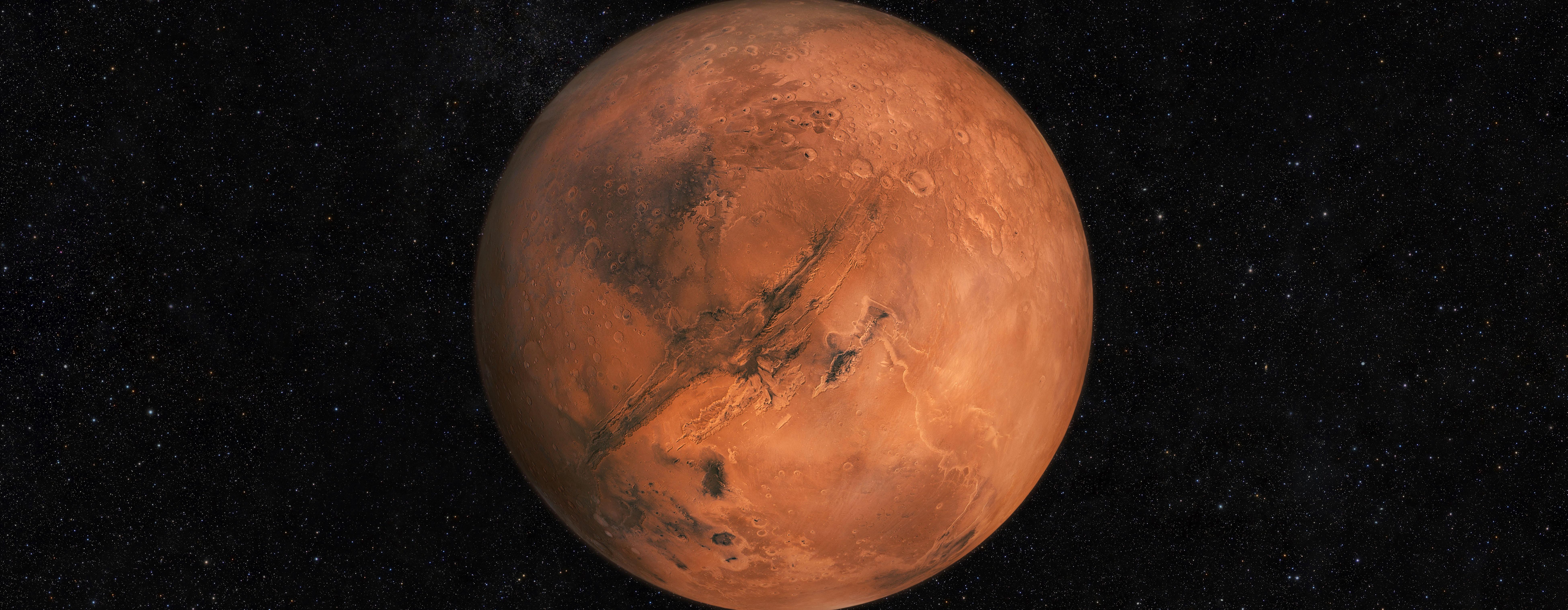Our celestial neighbor, Mars, has long held our collective fascination. It has been a subject of study from afar for centuries, and lately has been the focus of some intensified scientific research.
Some of that research, it turns out, is happening right here in the Capital Region.
Tom Coohill is a tenured professor of Biophysics at Siena College. He’s in his mid-70s, and when he’s not teaching or doing research in his specialty area of UV sterilization, he enjoys gazing at the heavens through the telescope at the school’s Breyo Observatory. He’s jovial and a touch quirky, and lately has been very excited about the planet Mars.
He thinks there may be life there. Or at least evidence that there once was life there.
Last year, Coohill was tapped by NASA’s Jet Propulsion Lab to advise their Mars 2020 Rover team on how they could use UV sterilization to make sure Martian samples they intend to collect make the long journey back to Earth without getting contaminated. In other words, they want to make sure what they’re collecting is purely Martian.
Ultraviolet, or UV falls on the spectrum of light between visible light and x-rays. You can’t see it. But if you’ve ever had a sunburn, you know you can feel the effects of it. UV light has the power to mess with bonds in molecules, resulting in disruption of cellular activity in living things. That makes it particularly useful for sterilizing things like food, water, and medical equipment.
Though scientists have perfected the creation of artificial UV light, the sun is the biggest source of natural UV light in the solar system. Earth has a protective layer of ozone it its atmosphere that deflects much of the sun’s UV radiation, shielding everything on the surface from the brunt of it.
The much thinner Martian atmosphere does not have the same built-in protection. So Coohill thinks they can leverage natural UV to blast the canisters in which the Mars 2020 Rover collects Martian soil before rocketing them to Earth for study. He is currently researching the best and most efficient ways to do that. As he sits in his office, leafing through diagrams he presented to NASA, he says he’s confident they’ll be able to get the Martian sample collector more sterile than most hospital environments.
Coohill says he’s excited to find out what comes back from Mars. It will take 12 years for the samples to arrive on Earth. Despite being around 90 years old at that point in time, he says he will move heaven and earth to get out to the JPL to see what's inside the collection capsule.
In the meantime, he will continue to admire the Red Planet from his perch at the Breyo Observatory.
You can see more of Professor Coohill's work in this episode of Innovation Hall:



